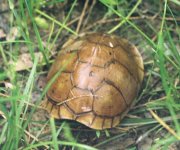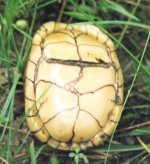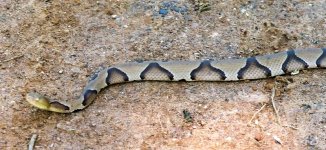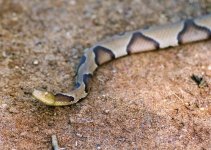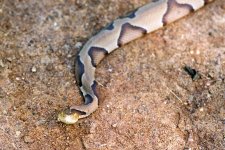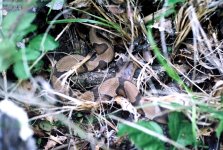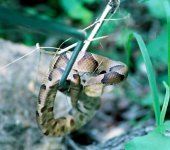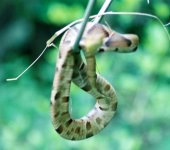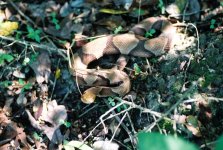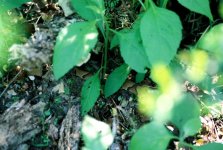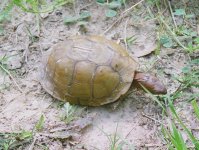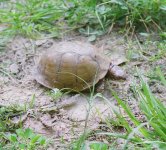Pruddock said:
And, just as an observation as a Biomedical Engineer, copperheads have a very weak coagulant as a venom that really only produces localized swelling and pain. Now, obviously this differs from snake to snake and venom load to venom load, but the only way I can really see necrosis occurring is from the edema caused by swelling. The edema in turn makes it harder to cells to get the nutrients they need, but as long as you go to the hospital and are treated more for the symptoms than with the antivenom itself (which has been known to cause more problems than it solves) you should be ok. I do agree that you can have terribly debilitated fingers if you are bitten on the hand though. Usually the venoms that cause necrosis are serious coagulants and myotoxins and cytotoxins. Mostly cytotoxins though.
My understanding is that the venom is exactly the opposite - rather than coagulating, it is hemolytic with anticoagulant properties that cause hemorrhaging.
The venom contains proteins, most of which are enzymes. They are, among others:
- Proteolytic enzymes - break down tissue proteins (principal)
- Phospholipases - muscle and nerve toxins
- Hyaluronidases - dissolves intracellular material to speed the spread of toxin
- Collagenases - break down connective tissue
Copperhead venom is highly hemolytic with hemorrhagic properties caused by a fibrinolytic enzyme which break down the coagulant properties of blood. In other words - anticoagulant. Necrosis is apparently directly caused by myotoxins - though secondary effects such as infection, gangrene, and swelling can contibute.
As far as being weak, studies indicate the weakness may only be associated with mice, on which the LD50 is tested. LD50 (LD=Lethal Dose) is the average least amount of toxin needed to kill 50% of test mice. The LD50 for mice of Copperhead venom is 10.9mg/kg In comparison, the LD50 for mice for the Cottonmouth is 2.04 mg/kg. Cottonmouth venom is roughly 5X more toxic to mice than Copperhead venom. However, estimates are that the fatal dose for an average sized human for either is 100mg. In fact, it may actually be higher for Cottonmouth. For humans, there appears to be little choose from between the Copperhead and the Cottonmouth venoms.
The principal difference appears to be the ability to deliver the venom. On average, the venom yield is much smaller in the Copperhead than the Cottonmouth. Its ability to deliver the venom is also diminished.
Copperheads have fangs that range from 1.1mm to 7.2mm, dependent on length. Average venom containment is 40-75mg.
Cottonmouth fangs range from 2.7mm to 11mm. Venom containment is 80-170mg.
Copperheads, in comparison to other Viperidaes, have small fangs, small venom yields, are usually considered more docile and less likely to bite (though that is hardly characteristic of all animals). Accordingly, there are the least dangerous of the venomous snakes in the US. But the does not diminish the absolute potency of the venom with respect to human envenomation.

